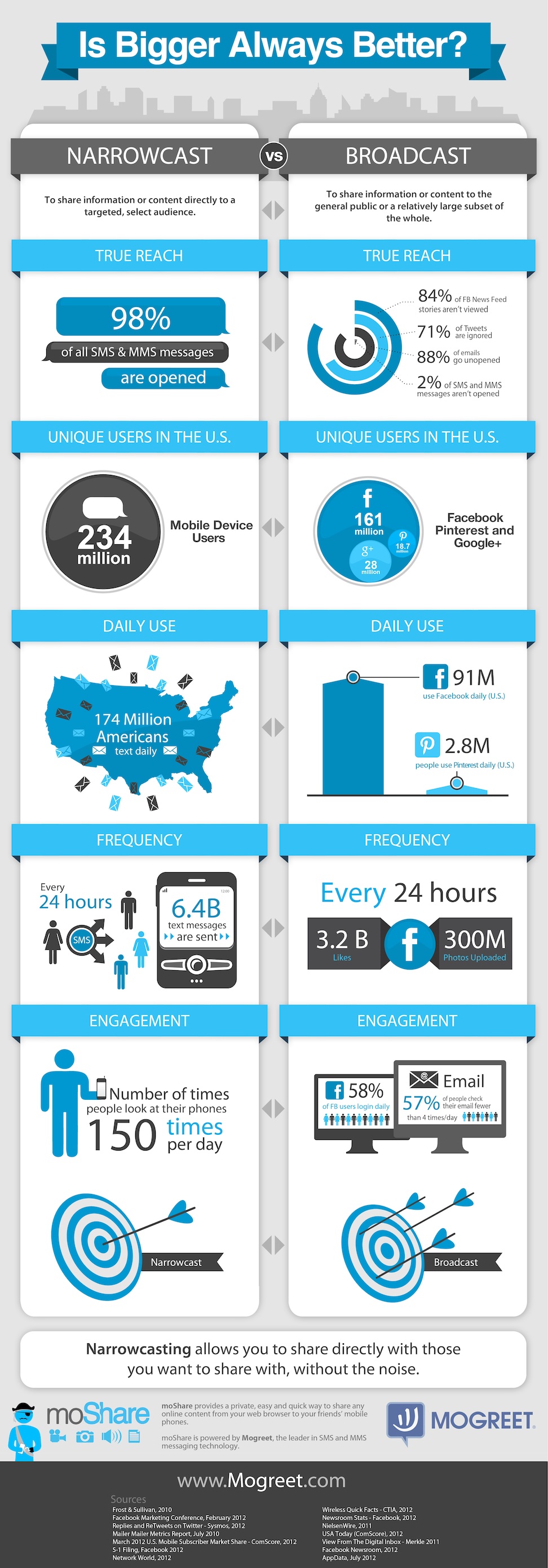How to Improve Google Adwords Quality Scores [Infographic]
I recently stumbled upon an useful infographic created by Digital Net Agency, a performance-based search agency with a concentration on Search Engine Optimization (SEO) and Search Engine Marketing (SEM). The infographic provides great insight into one of the most important aspects of paid search advertising, the Google Adwords Quality Score.
The Quality Score is essential for digital marketers to understand because it helps determine how much you have to pay to receive a position in the “sponsored” area of the search engine results page. You can optimize your Quality Score to receive a higher position for a lower bid that your competitors. Said another way, you’ll pay less money for more clicks and visibility. Therefore, it is important to understand and measure.
Quick summary of Google Adwords Quality Score factors:
- Click-through rate (CTR)
- Relative (CTR)
- Landing-page quality
- Keyword/search relevance
- Ad/site Performance
- Display URLs past CTR
- Account history
- Keyword/ad relevance
- Geographic performance
- Targeted devices
Focus on your “kewords, ads, and landing-page relevancy” and you can improve your Google Adwords Quality Score.
How to Improve Google Adwords Quality Scores Infographic:
Source: DigitalNetAgency.com







